Disclaimer: This editorial forwards the views of the Jets Flyover Editorial Board and does not represent the views of Daegu International School. All specific cases were unnamed to avoid slander.
International school websites flaunt a harmonious mix of multiethnic students mingled together. But walk the halls of Korean international school campuses and something strikes you: the stark difference between expectation and reality. This contrast arises from tokenism, a marketing technique that feigns diversity to attract naive potential attendees.
In truth, Koreans comprise up to 80% of the student body in international schools nationwide, especially in institutions that do not require students to live abroad beforehand or have a non-Korean passport. Wealthy locals flock to such institutions, dreaming of a ticket to the Ivies for their children.
To maintain the perception of an open-minded educational atmosphere, schools wield their “diverse” population as a marketing weapon to promote an inclusive school environment where their international clients’ children can feel at home. However, due to a mostly homogenous student body, schools pull publicity stunts and single out the one foreigner. Consequently, the non-dominant group suffers when their identities are taken advantage of for media clicks. And the majority population, while comprising the largest demographic, feels invisible.
These decisions inherently contradict the founding principles of international schools — diversity, equity, inclusion and belonging (DEIB). While schools invite guests from other countries and host DEIB workshops, they send the implicit message “that you are different because you are a minority” each time they post the one foreigner’s photo on Instagram after every school event.
Ironically, although schools champion the inclusion of the minority, the obsession with the few “special ones” thoroughly excludes the majority. Equity denotes that everyone starts from a point that accommodates their needs. But when forging a reputation for the school, marketing teams disproportionately handicap certain groups for benefit. For example, several school websites featured photos of foreigners in the high school athletic division in a post dedicated to the middle school sports team. These posts, once compiled, represent all groups but one: the majority, or Koreans. Local students feel frustrated at the blatant sign that says, “You are not the target of our business model.” For instance, a Korean student in a live performance has little to no chance of a social media spotlight over a half-Korean, half-American singer regardless of their skill. Professional marketing companies perpetuate the problem by actively advising schools.
Unfortunately, parents and students fall for this facade of diversity and feed profit into schools, leading to more tokenism as the model clearly shows profit for the business. To promote true equity and inclusivity for all, schools must represent their students solely based on their contributions as members of the community, regardless of their personal background. Oftentimes, international schools are open and supportive communities, attractive even without the rose-tinted facade of diversity.





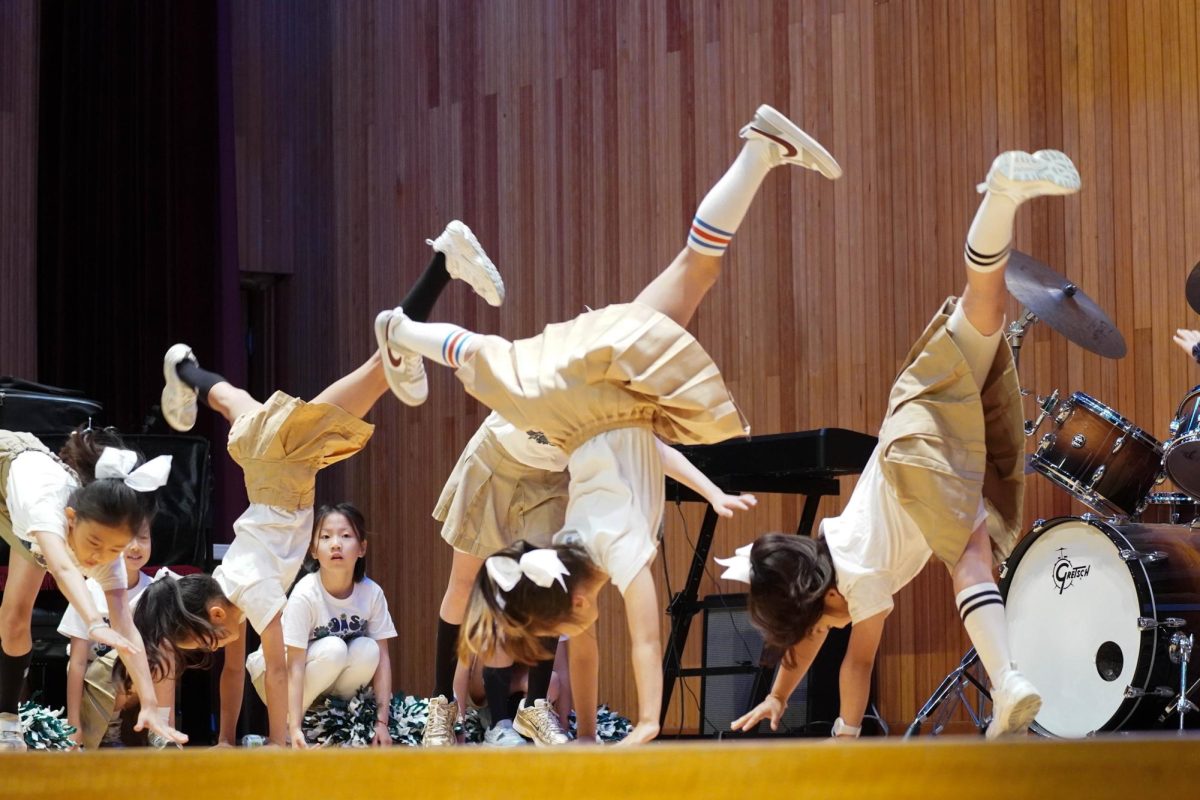
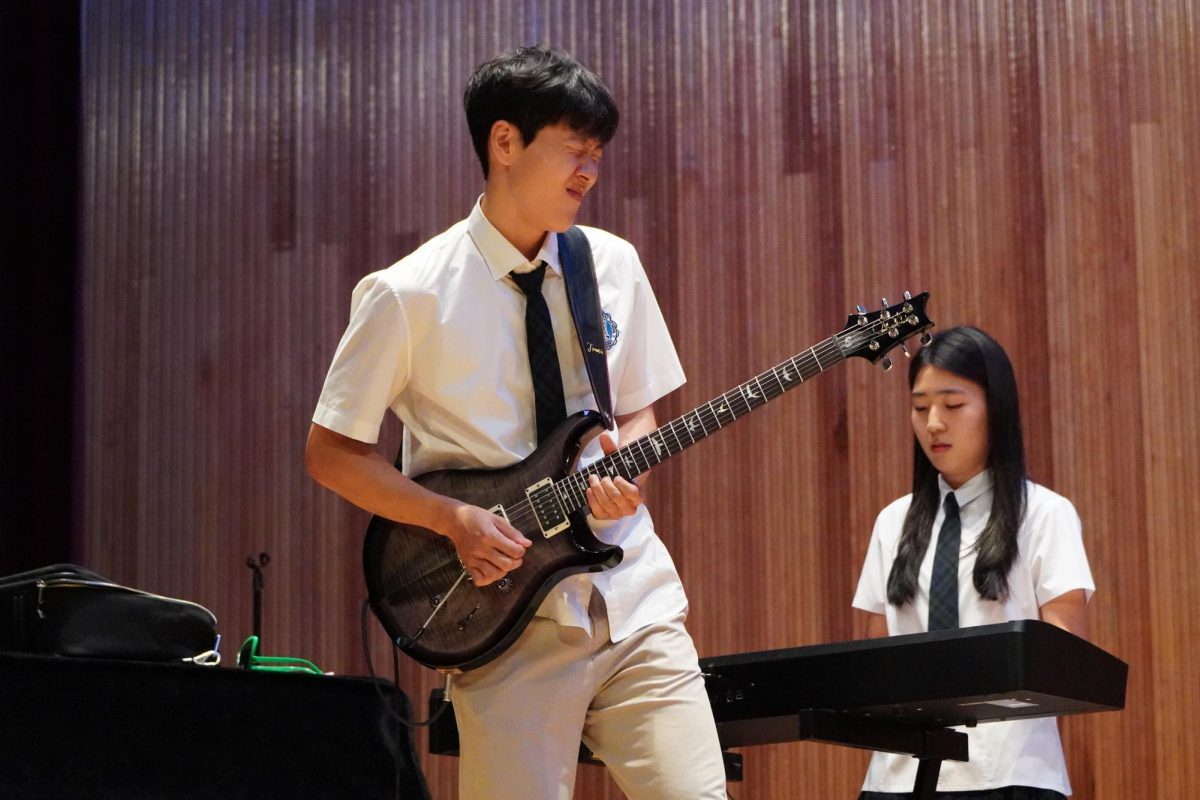


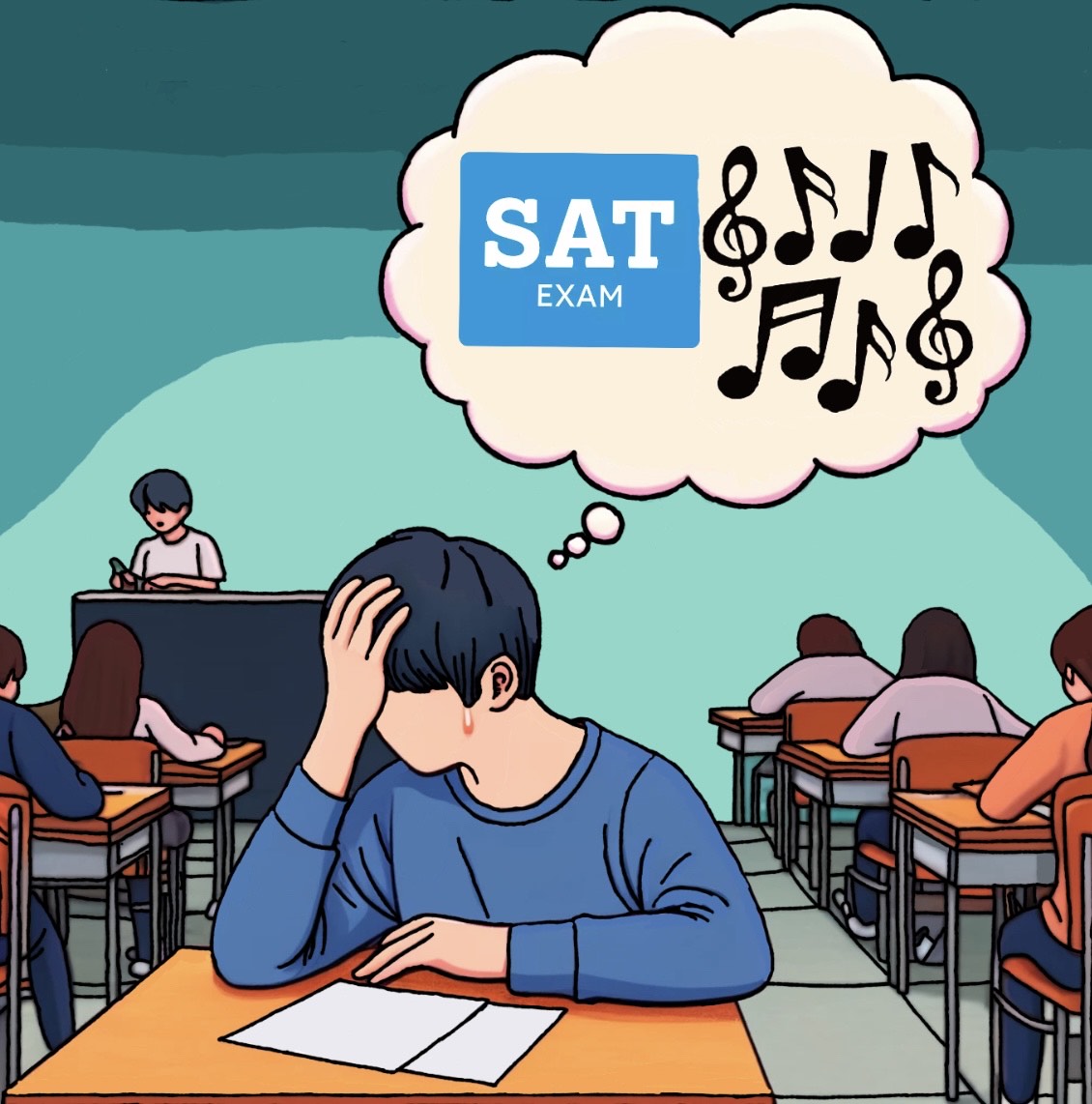
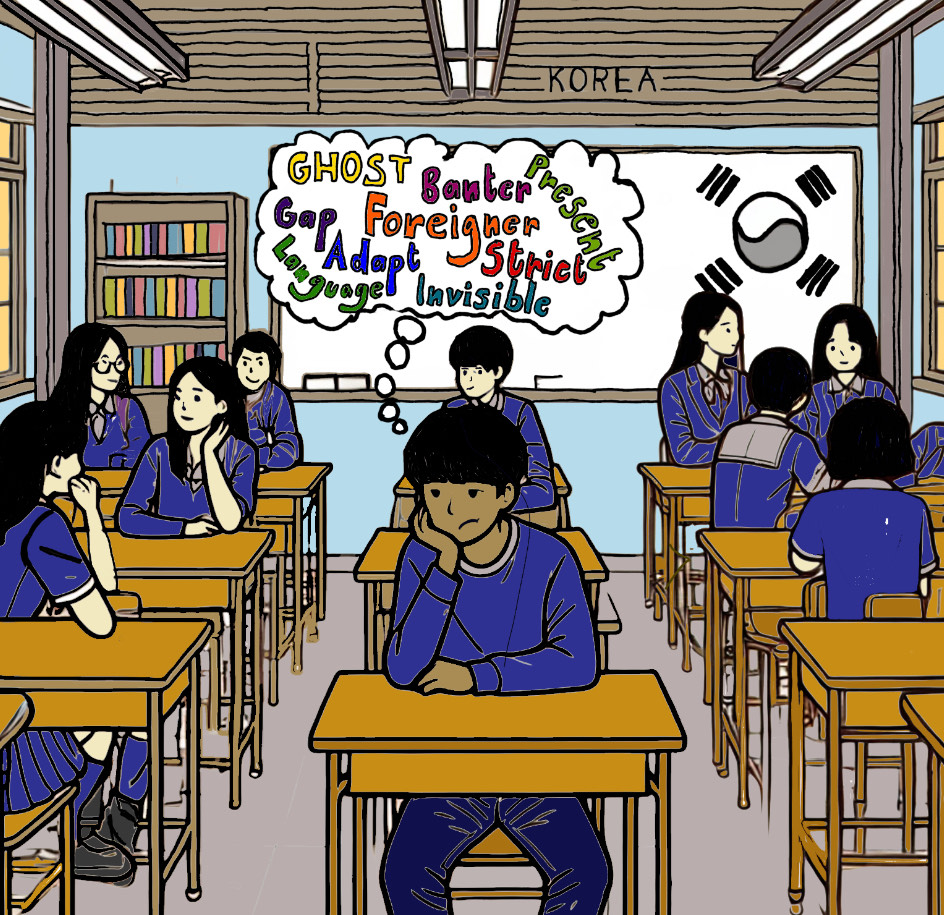
















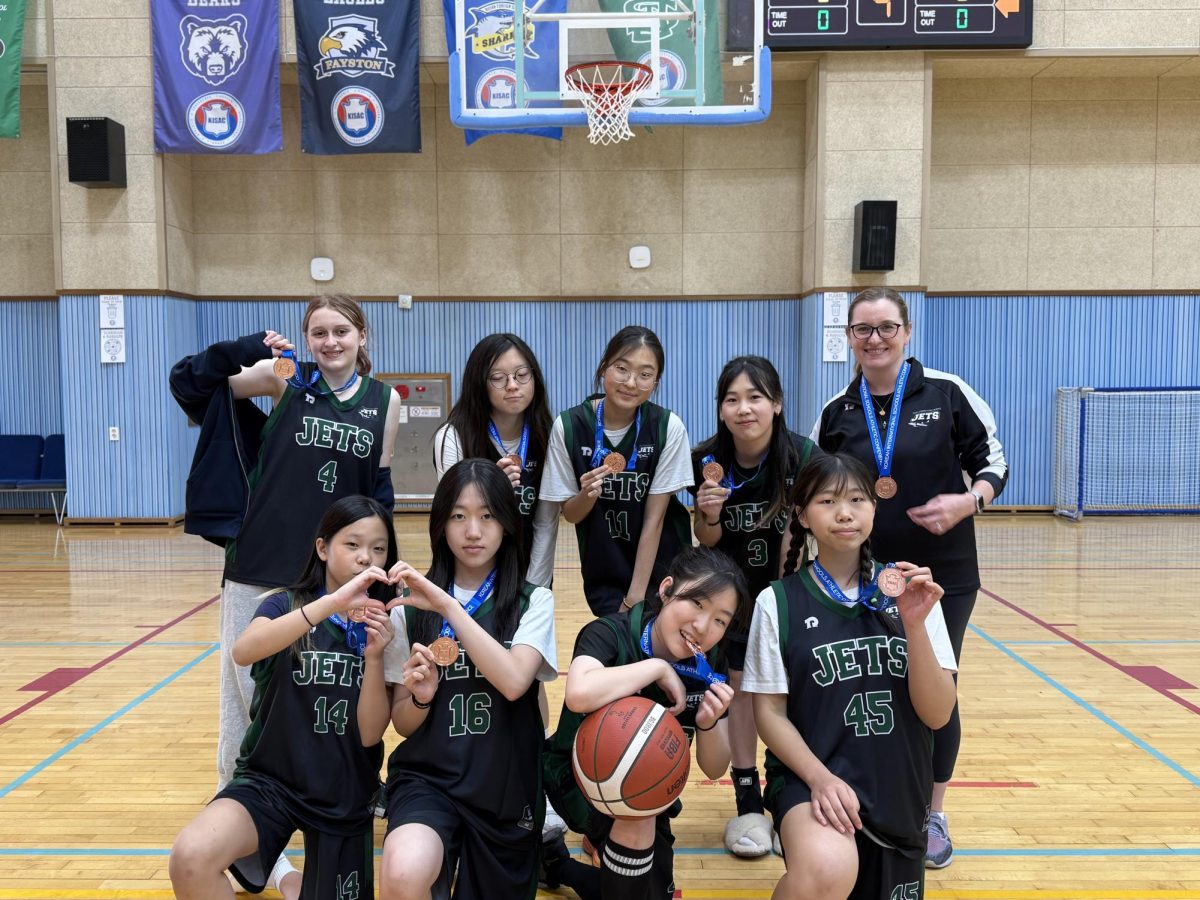
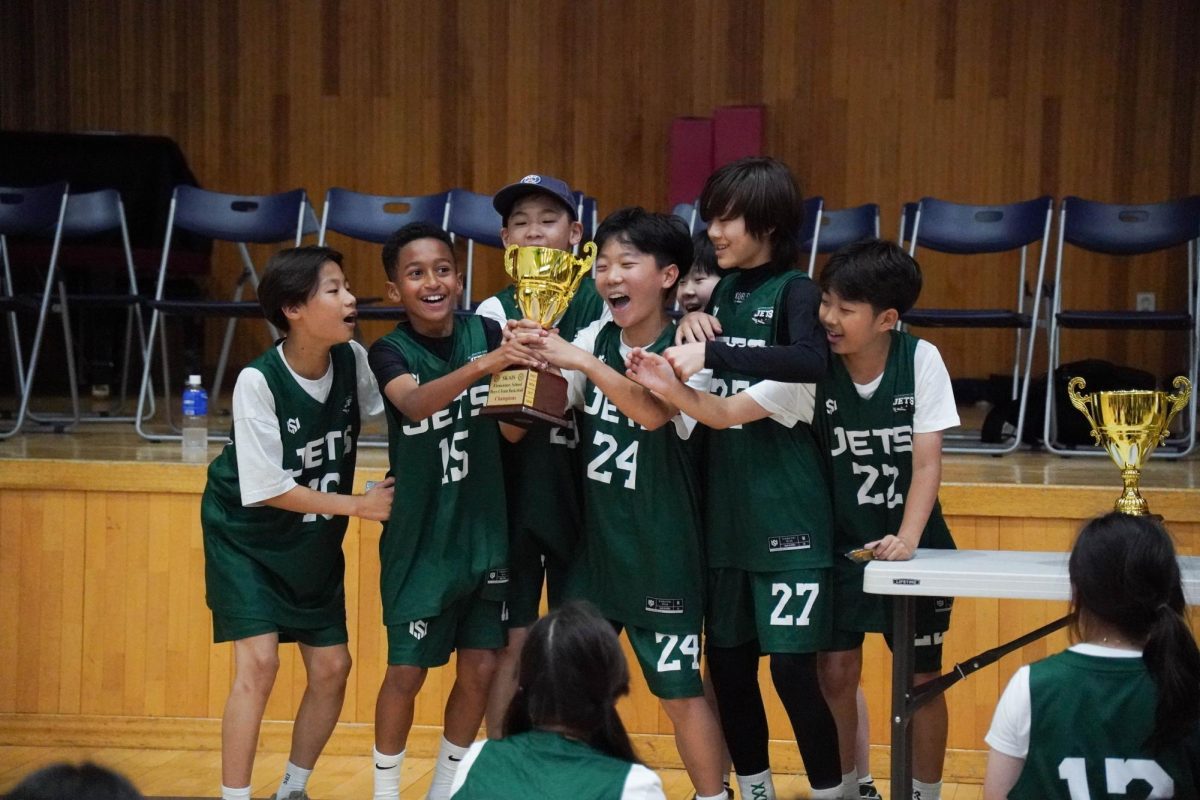

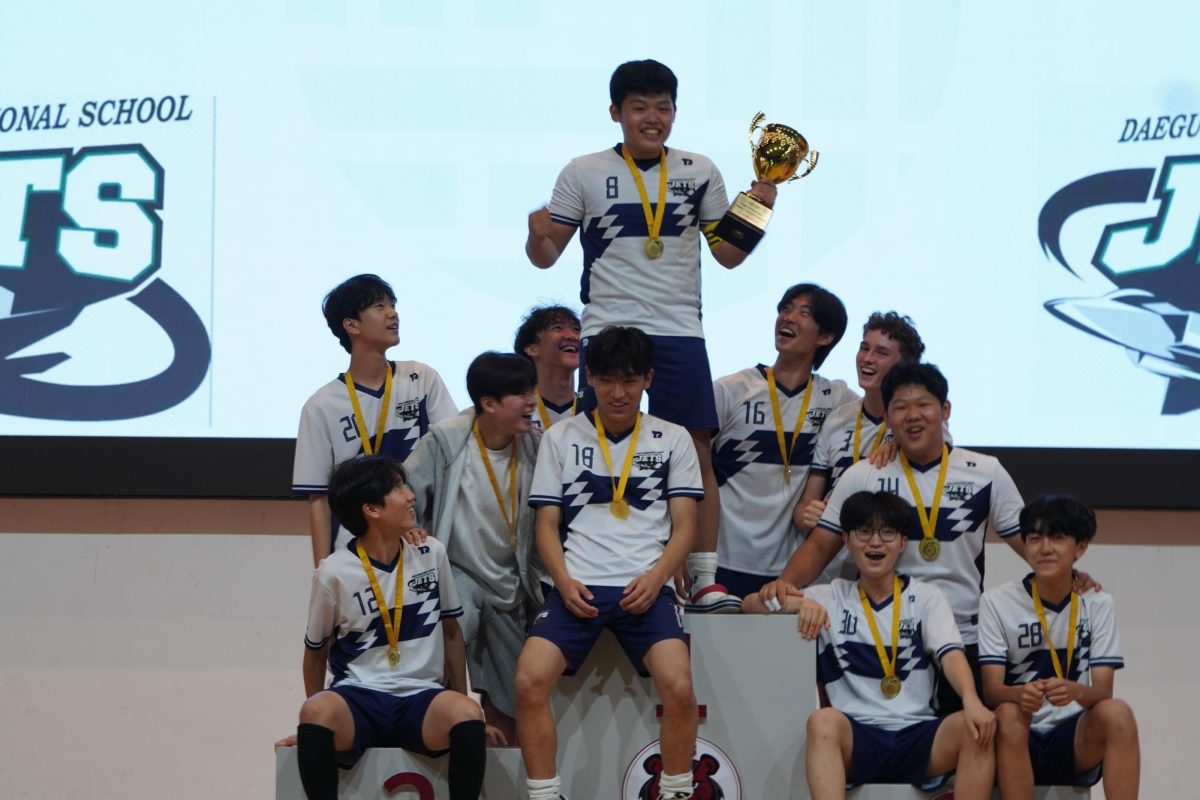






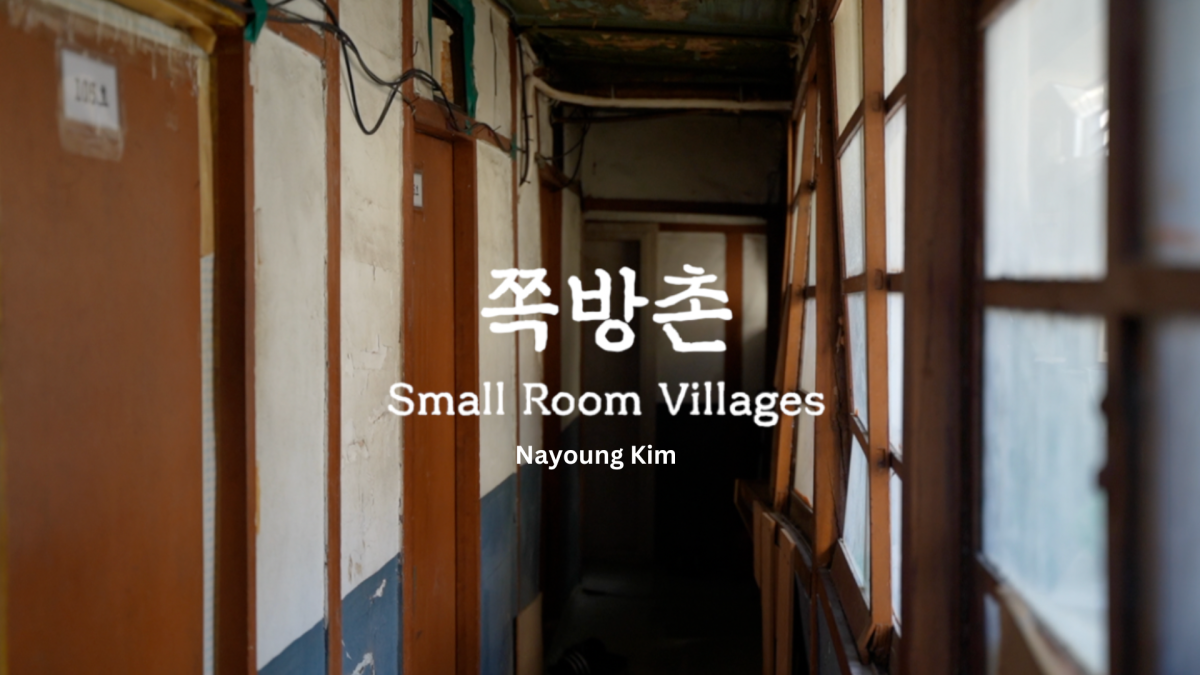
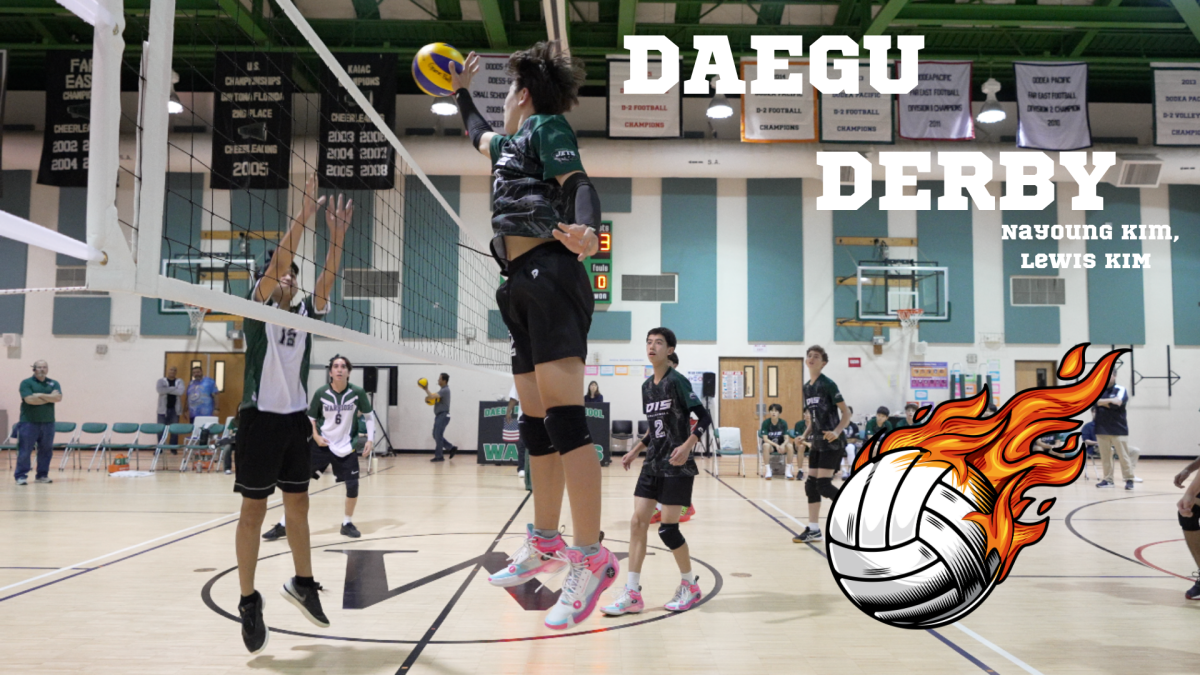
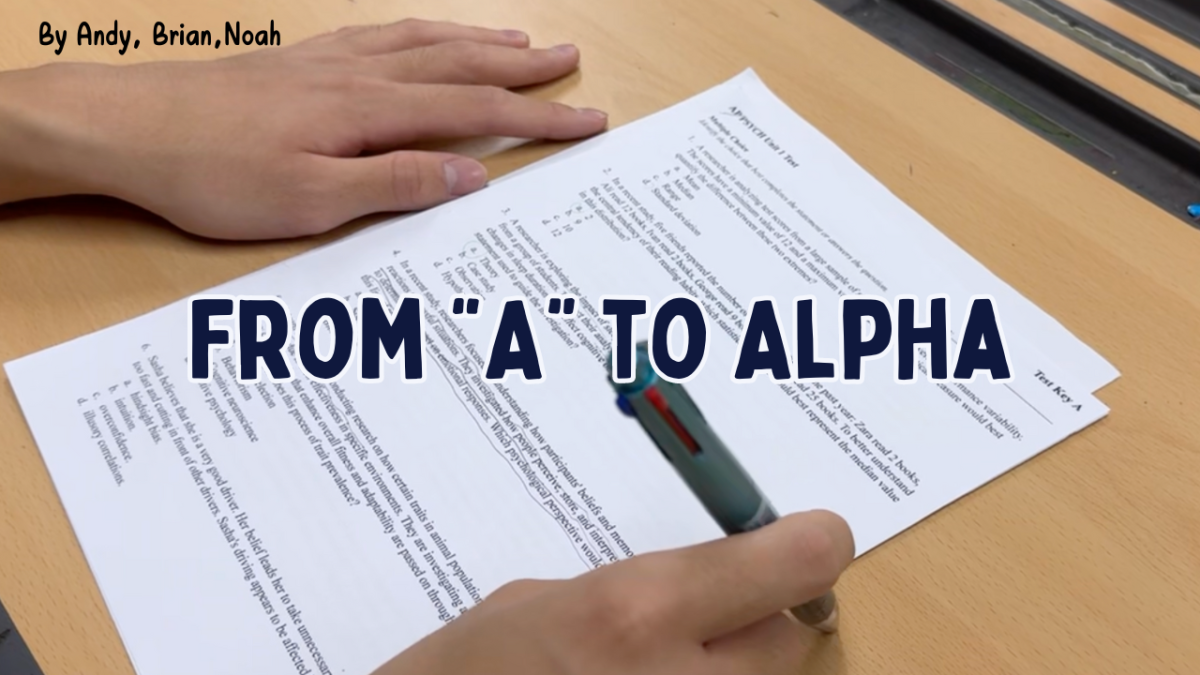
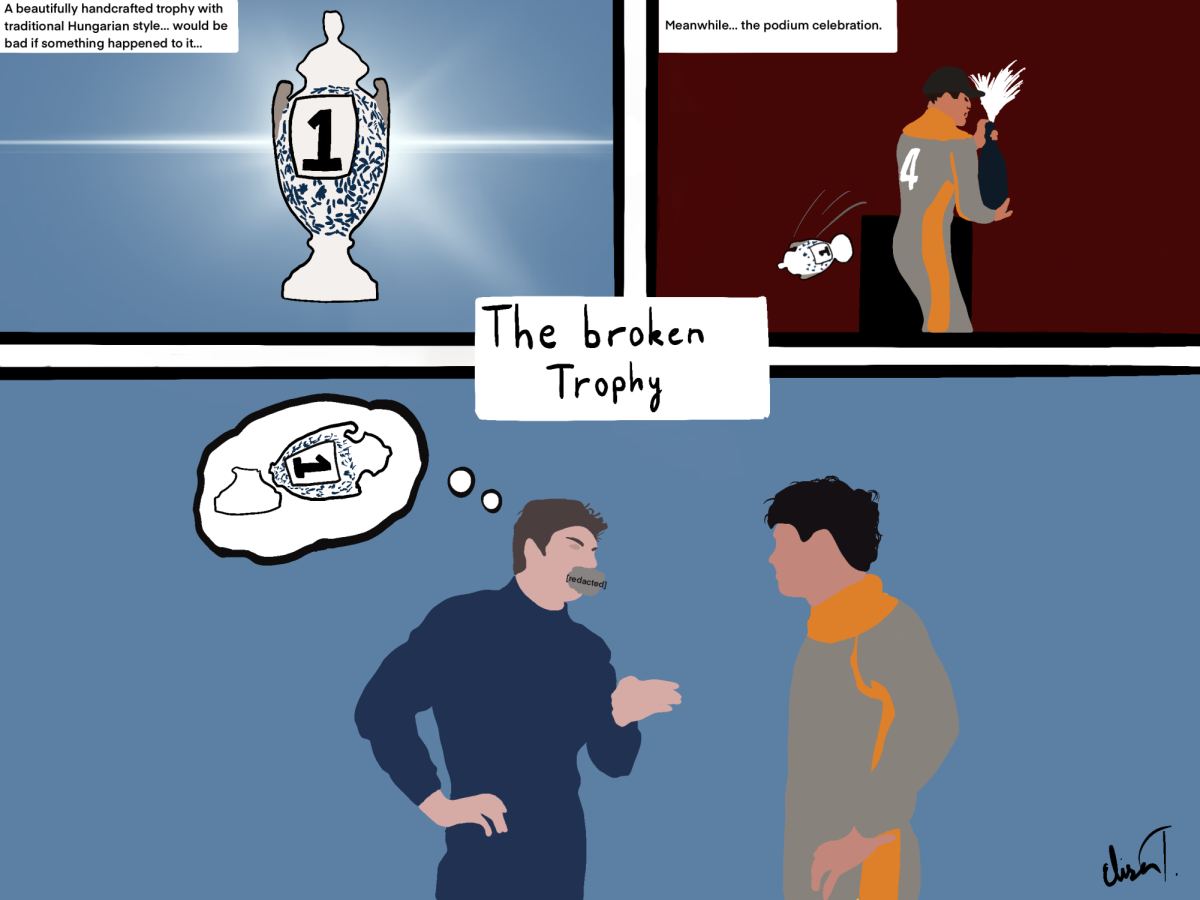

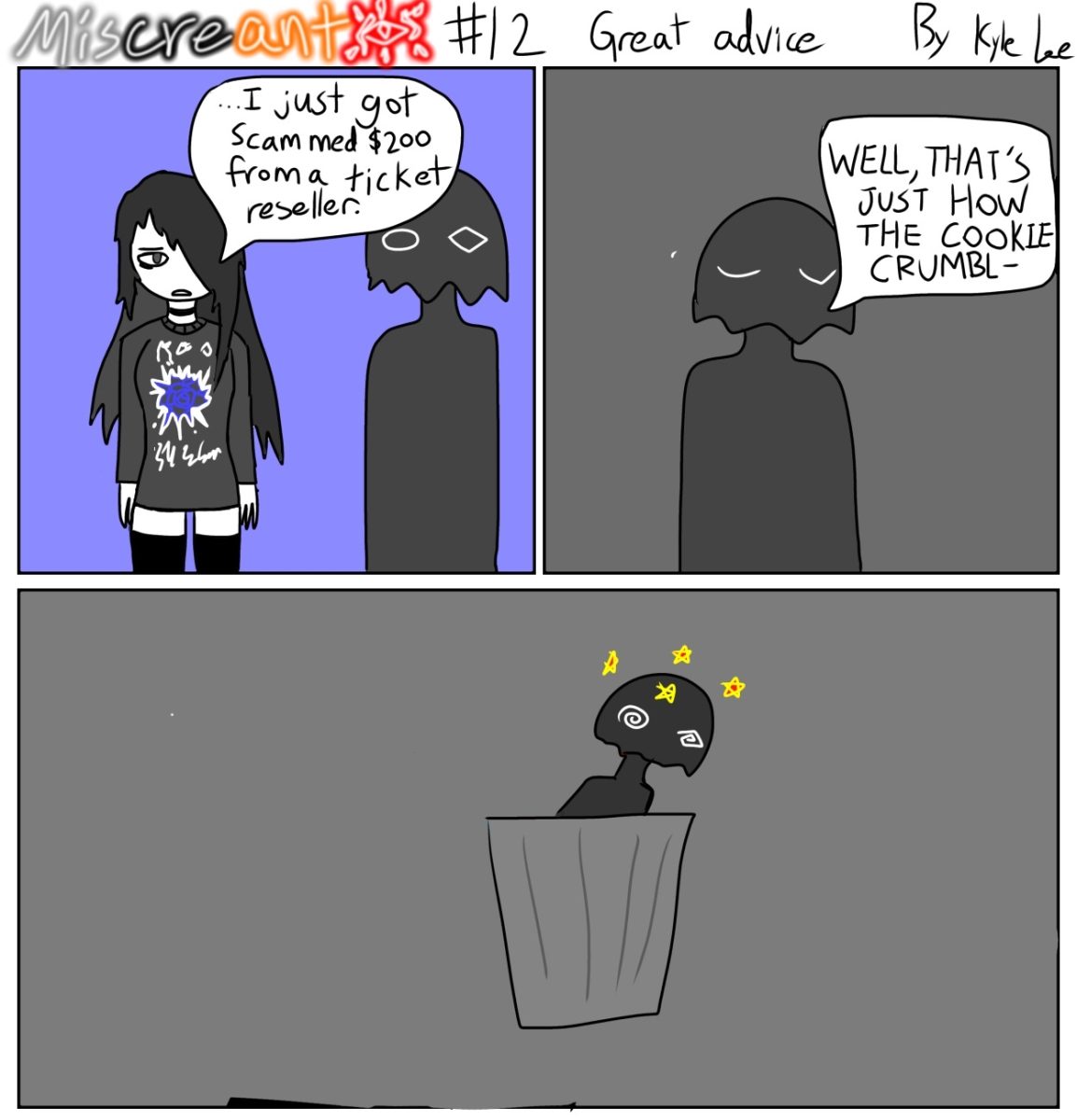
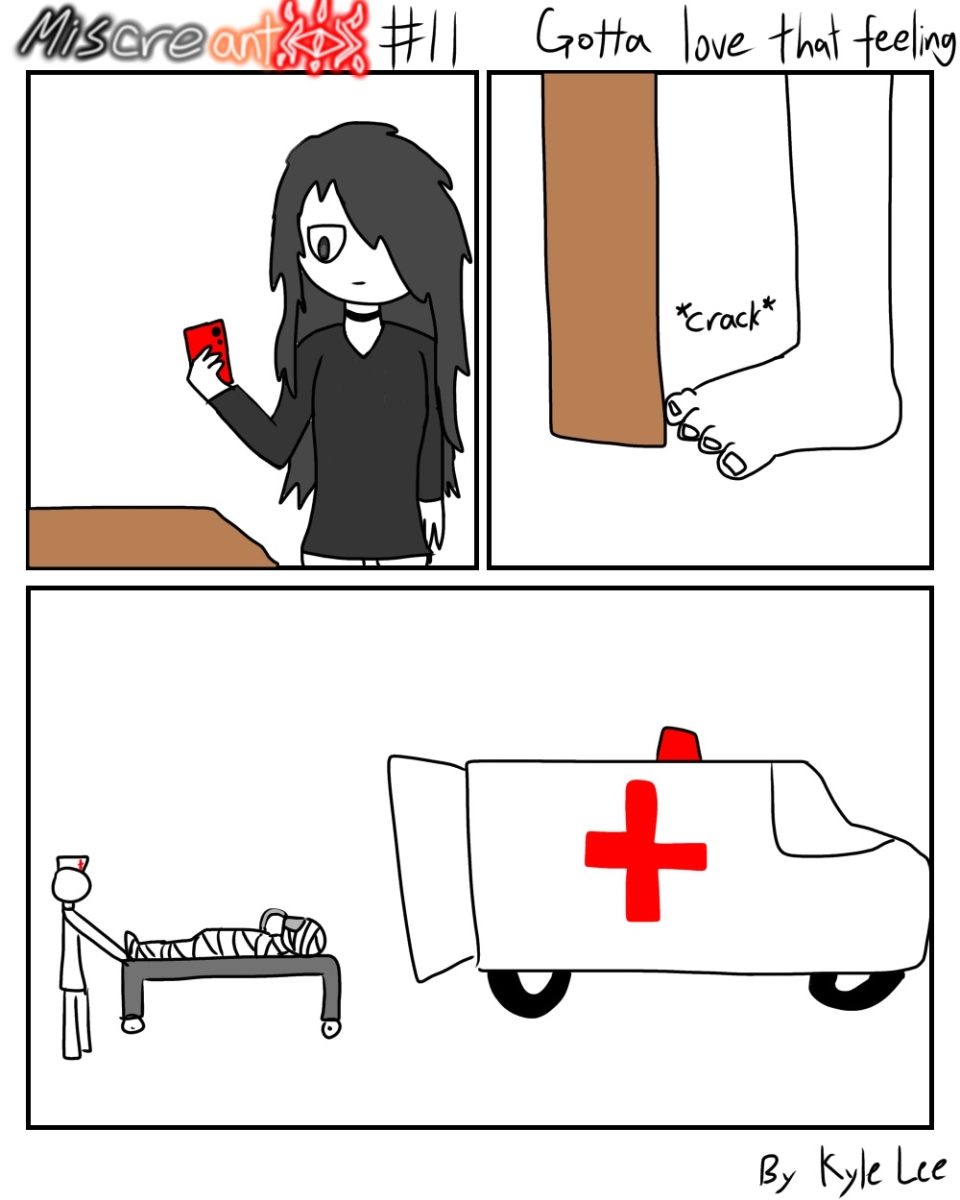

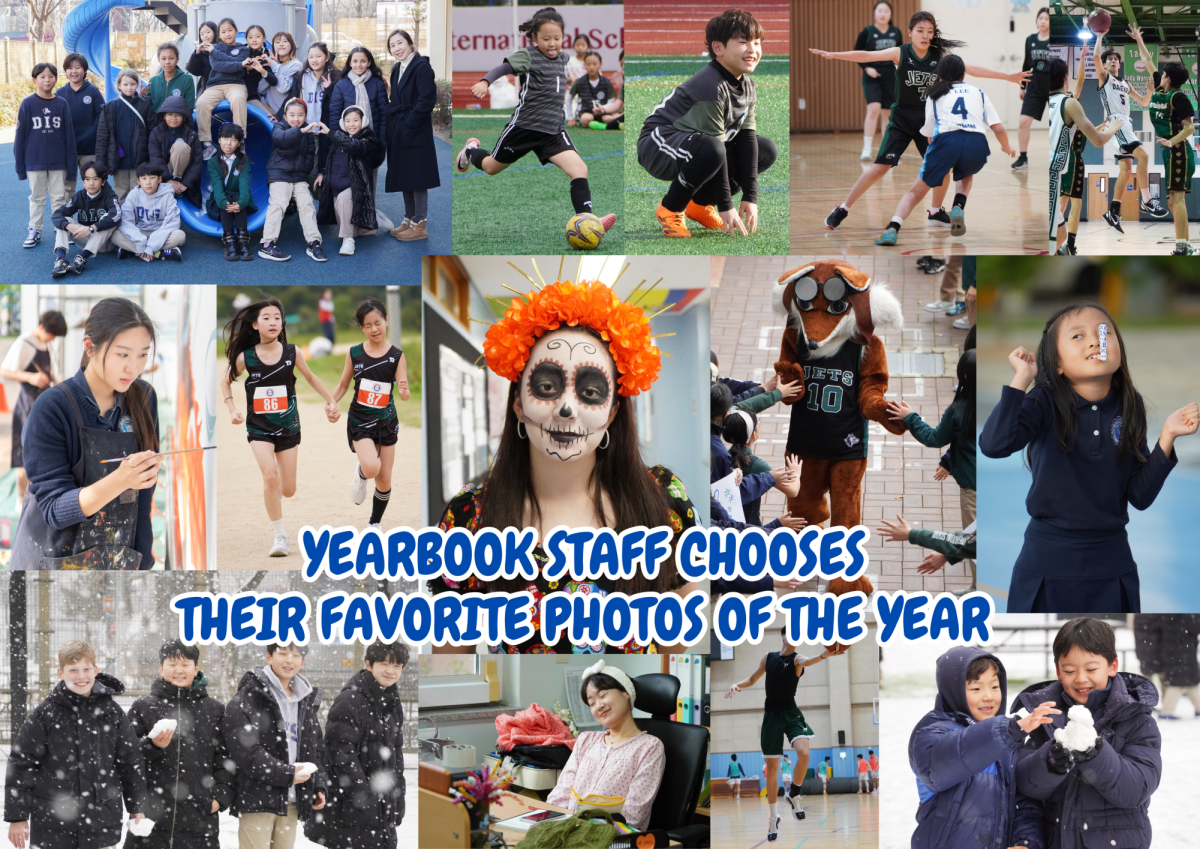
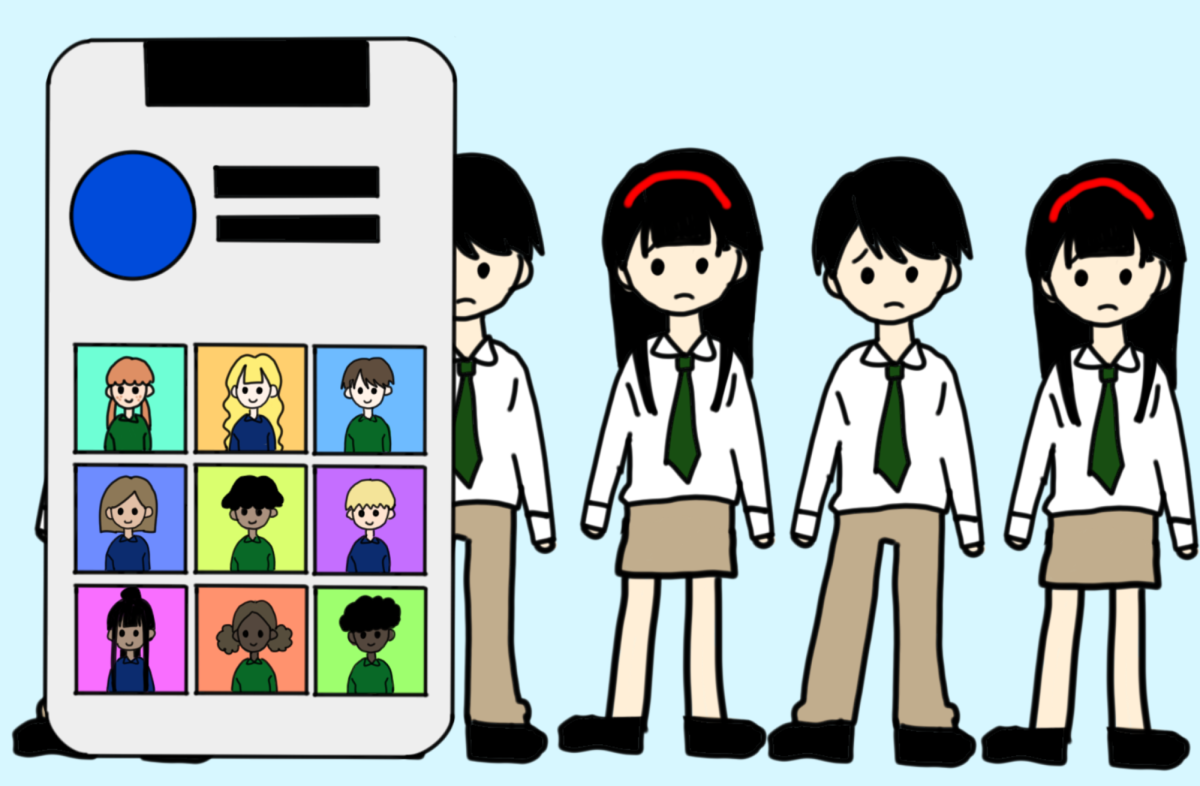

Ms. White • May 2, 2024 at 5:52 pm
Wow. I’m shocked someone chose to write this.
As a teacher this is something that even frustrates me. I will say that sometimes even the staff at Jetsflyover is guilty of this. When they come into my classroom they would blatantly want to take pictures of only the foreign children. It’s one thing when the area is naturally diverse–like my ASA but it’s very obvious when people come in and only take pictures of one or two students during class time.
I was a ‘poster child’ for diversity when I went to a PWI so I know what’s happening. Its frustrating to see it happen at schools abroad to. I hope it can improve all around.
Anna • Apr 25, 2024 at 7:32 pm
This was an interesting read for me, especially because I have noticed people discussing about this in our school and also remember seeing a video from the local news posted on youtube that addresses this issue (It was titled something like “An international school without international students” calling it an international school only superficially.
Jerome Kwon • Apr 25, 2024 at 7:28 pm
Indeed, I sympathize with this opinion. I surely experience this bias, even in DIS.